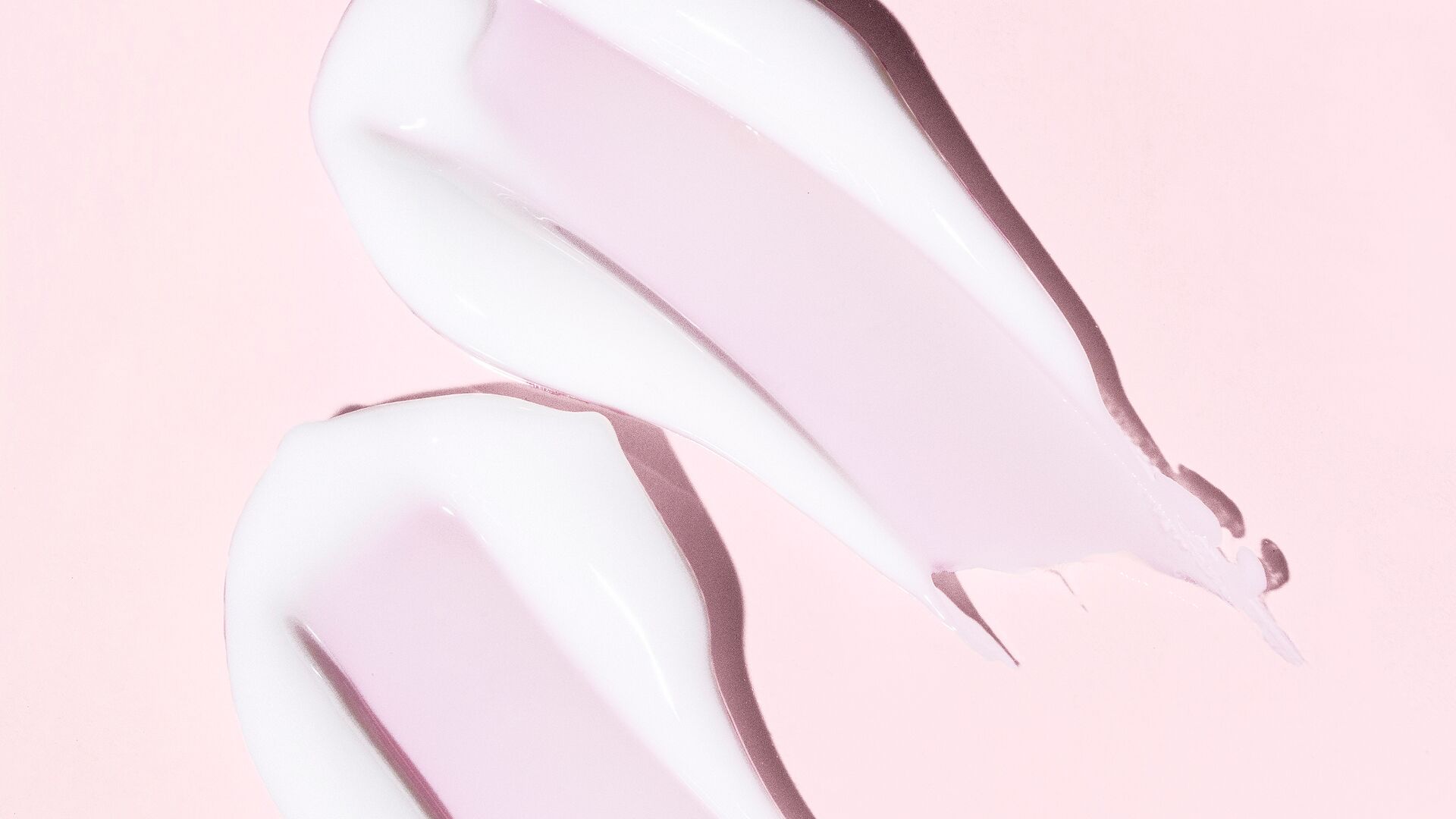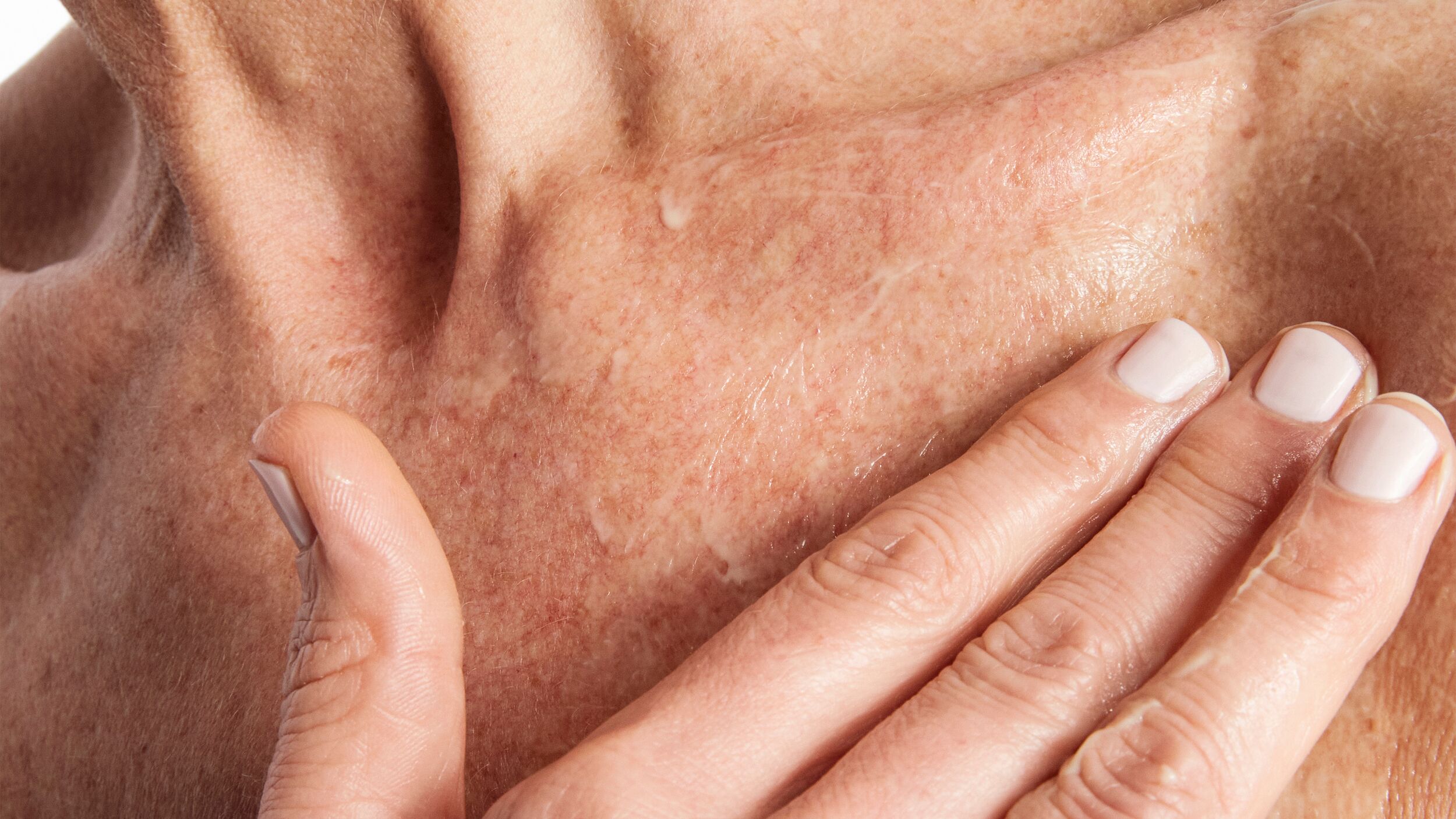
Dresses and pockets, butter and toast – some things are just better together. But how about Retinol and Salicylic Acid? To make sure you’re getting the most from your skincare, we take a deep dive into how exactly these two ingredients work together, as well as how (and if) you should be mixing them in your routine.
What are Retinol and Salicylic acid?
Retinol and Salicylic Acid are both hardworking skincare ingredients. They’re what some people refer to as actives. That means that they’re used in formulations to make a difference to the skin, rather than something that has been added to improve something like the texture, scent or stability of a product.
As a recap on Salicylic Acid: it’s a type of beta-hydroxy acid (also known as BHA) derived from willow bark. It works as a liquid exfoliant and breaks down the bonds that hold onto old, no-longer-needed skin cells. In this way, it’s similar to alpha and poly-hydroxy-acids, but the key difference is that Salicylic Acid is oil-soluble, which allows it to travel deeper into the pores to give them a clear out. These de-clogging properties are why you’ll often see Salicylic Acid on the INCI list of products for oily or spot-prone skin.
You can definitely use Retinol and Salicylic Acid within the same routine, and those with particular skin concerns (such as blemishes, pigmentation and fine lines) will really benefit from this combination
Retinol is a form of Vitamin A and a derivative of Retinoic acid. The confusing truth about Retinol is that sometimes when people say Retinol, what they actually mean is retinoids – the family of ingredients that retinol is a part of. Retinal and Retinyls are also forms of Retinoid and work in similar ways to Retinol but to different extents.
Retinol has two key benefits: the first is that it speeds up cell turnover, so that old skin cells don’t outstay their welcome on the surface of our complexions. The second is its ability to encourage the skin to make more collagen and elastin – the proteins that give our skin bounce and spring. The first makes Retinol a great ingredient for tackling blemishes and pigmentation, while the second earns it brownie points for reducing fine lines.
Can you use Retinol with Salicylic acid?
You can definitely use Retinol and Salicylic Acid within the same routine, and those with particular skin concerns (such as blemishes, pigmentation and fine lines) will really benefit from this combination. The caveat to this is that not all skin types will be able to tolerate layering Salicylic Acid and Retinol together. Introduce them slowly, leaving a 48-hour gap between using each, and work your way up to more regular use once you’re sure your skin is tolerating them both happily.

What are the benefits of combining Retinol with Salicylic Acid?
If your key skin concerns are blemishes, or fine lines and blemishes, then using Retinol and Salicylic Acid together is a smart move. There is a myth that everyone leaves spots in their teenage years along with questionable boyfriends and interesting fashion choices, but unfortunately, it’s common to still experience phases of troublesome skin throughout our lives. It makes sense then that you might want to tackle blemishes and signs of aging all at once.
The benefits of using Retinol and Salicylic Acid together are:
Banishing blemishes
As both Salicylic Acid and Retinol help to send potentially pore-clogging dead skin cells packing, they will work in tandem to reduce the chance of breakouts. Spots form when old skin cells stop the oil in our skin from flowing freely, so without this potential blockage, new breakouts are less likely to form and existing ones will clear up faster.
Clearing dark marks
Unfortunately for us, spots rarely fade without a trace. Once you’ve got rid of the inflammation, redness and pus, what’s left behind is normally a patch of darker skin (also known as post-inflammatory hyperpigmentation). By whisking away old, marked skin cells from the surface of your complexion, Salicylic Acid and Retinol will also help to clear up after your blemishes for fresher-looking skin.
Supercharged anti-ageing benefits
Imagine walking via two different routes. The first one is a clear path, and the other is covered in branches and tall grass. It’s pretty obvious which one you’ll be able to travel fastest and most efficiently though – the one without any obstructions. It’s the same for your skincare. If you apply your serum to skin that hasn’t been exfoliated, those active ingredients won’t be able to work as hard. Salicylic acid clears the way for Retinol to work its magic.
What’s the best way to layer the two ingredients?
If you were layering Salicylic Acid and Retinol together in one routine, then Salicylic Acid would always come first. This exfoliation step should follow cleansing and will help the rest of your skincare (i.e. your Retinol serum and moisturisers) penetrate the skin more easily. You don’t need to leave a huge gap here, we’d just say give enough time for your Salicylic Acid product (normally in the form of a toner or gel) to absorb before moving on. If you’re using Salicylic Acid in a cleanser, the same rules apply and retinol still comes second.
To minimise the risk of irritation or overwhelming your skin, apply them on alternative evenings or use Salicylic Acid in the morning, and Retinol at night.
There are a couple more rules when using Salicylic Acid and Retinol together. Number one, Retinol is a night-time-only ingredient as it breaks down in sunlight and will therefore always need to be in your evening routine. And number two, not everyone’s skin will be hardy enough to tolerate using these two potent ingredients one after the other. To minimise the risk of irritation or overwhelming your skin, apply them on alternative evenings or use Salicylic Acid in the morning, and Retinol at night. And by day, as always, SPF is an absolute must.

Can you use Retinol and Salicylic acid together every day?
Following on from the question of how to layer Salicylic Acid and Retinol is the question of whether you can use both together every day. This really depends firstly on your skin type, as this is likely to be a step too far for very dry or sensitive complexions. Equally, if your skin is very dry, Salicylic Acid is unlikely to be part of your routine anyway.
The strength of the ingredients, and the form in which you’re using them, matter too. For example, the effects of a Salicylic cleanser that only sits on the skin for 30 seconds or so before being rinsed off will be far milder than a leave-on product. The maximum strength of Salicylic Acid in cosmetic products is 2%, and 0.3% for Retinol (these can get calculated differently depending on the type of Retinoid being used), so use this to decipher how strong the formula you’re using is. Remember that not all brands disclose percentages, and just because something has a low dose of actives doesn’t mean it doesn’t still run the risk of irritating your skin.
What else to use alongside this power couple
Want to go even further with your skincare? Not sure what you can use Retinol with? Consider adding these supporting stars to your routine, too.
Niacinamide
Niacinamide is a bit like the person everyone wants to be friends with. It gets along with everyone (even temperamental ingredients like retinol) and is brimming with benefits. Like Retinol and Salicylic Acid, it’s a good ingredient to have on your side in the fight against blemishes as it will help to balance excess oil and dial down inflammation. Think of it as the peacekeeper when your skin is in a pickle.
Niacinamide can be used in your morning or evening routine and would go after salicylic acid and before Retinol, but it’s not uncommon to see Niacinamide ready-combined with either of these actives in a formulation.
Vitamin C
They might not be visible to the naked eye, but our skin is under siege from free radicals generated by things like pollution, cigarette smoke and UV rays every time we leave the house. These free radicals negatively impact our complexions, leading to gripes like dullness, hyperpigmentation and wrinkles. The best way to stop them? Applying an antioxidant like Vitamin C. It acts like a shield, taking the hit for your skin. Keeping free radicals out of the mix will reduce the risk of blemishes too, and Vitamin C is also brilliant at brightening the skin to help clear those post-spot marks.
Some people find that Vitamin C and Retinol don’t always play very nicely if layered together.
Some people find that Vitamin C and Retinol don’t always play very nicely if layered together, so you might want to bookend your routine by using Vitamin C in the morning and Retinol at night. Or, you could apply on alternative evenings. There’s no reason why Salicylic Acid couldn’t be applied before Vitamin C, but this combination may be too full-on for some. Introduce both to your routine with care.

Hyaluronic Acid
Picture a flower bed. If the soil is dry and cracked, plants aren’t going to be able to grow and flourish. But, if the soil is nice and hydrated, you’ll create the perfect environment. It’s the same for your skin, and it’s able to function better and absorb products faster when it’s well hydrated. Hyaluronic Acid is a hero hydrator, attracting and holding on to moisture in order to refresh and plump the skin.
If you’ve applied Salicylic Acid first to clear away the debris of old skin cells, your hyaluronic acid serum will be able to slip right in and get to work. If you follow with Retinol, this will also be able to access the skin more easily – a bit like the way you build more momentum on a water slide versus a dry one. Hyaluronic Acid can be used morning or night and as often as you like.
Shop the Edit
Shopping at members price automatically adds a free 60-Day Free Trial to your basket. This autorenews onto an annual £59 Beauty Pie membership. Cancel any time in your account.
Prefer to shop at non-members' prices? - Simply click into the product page.Terms apply


